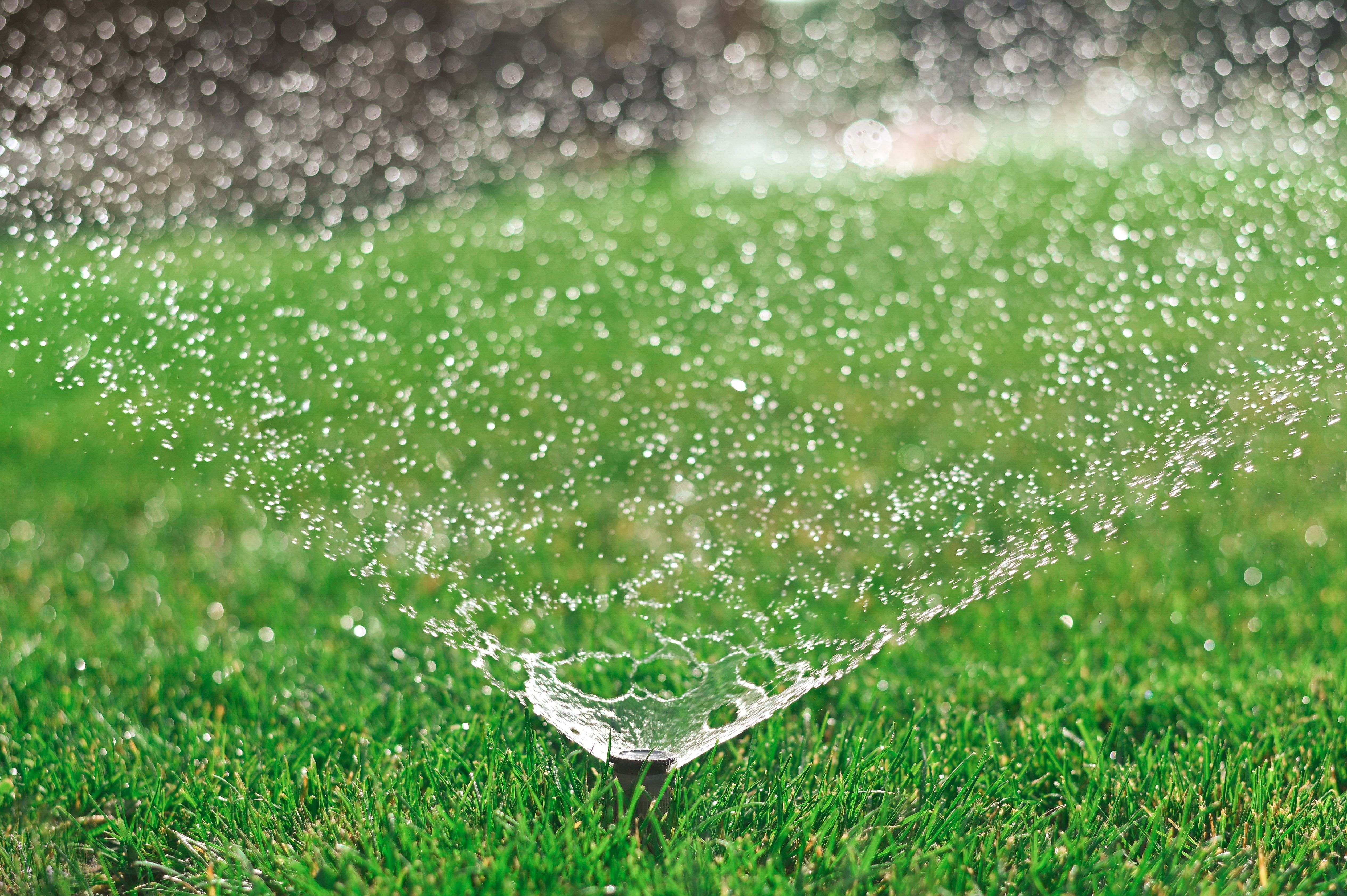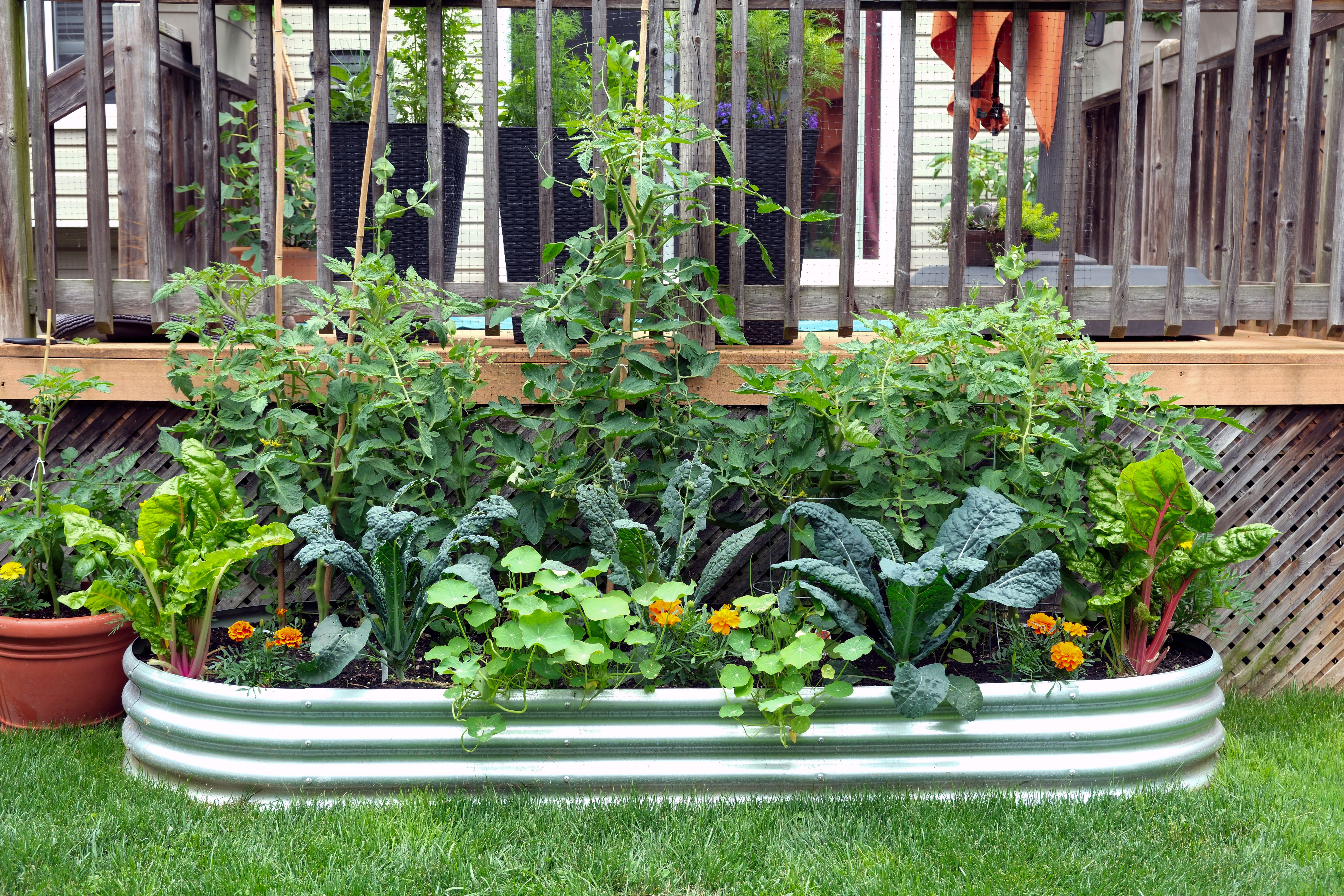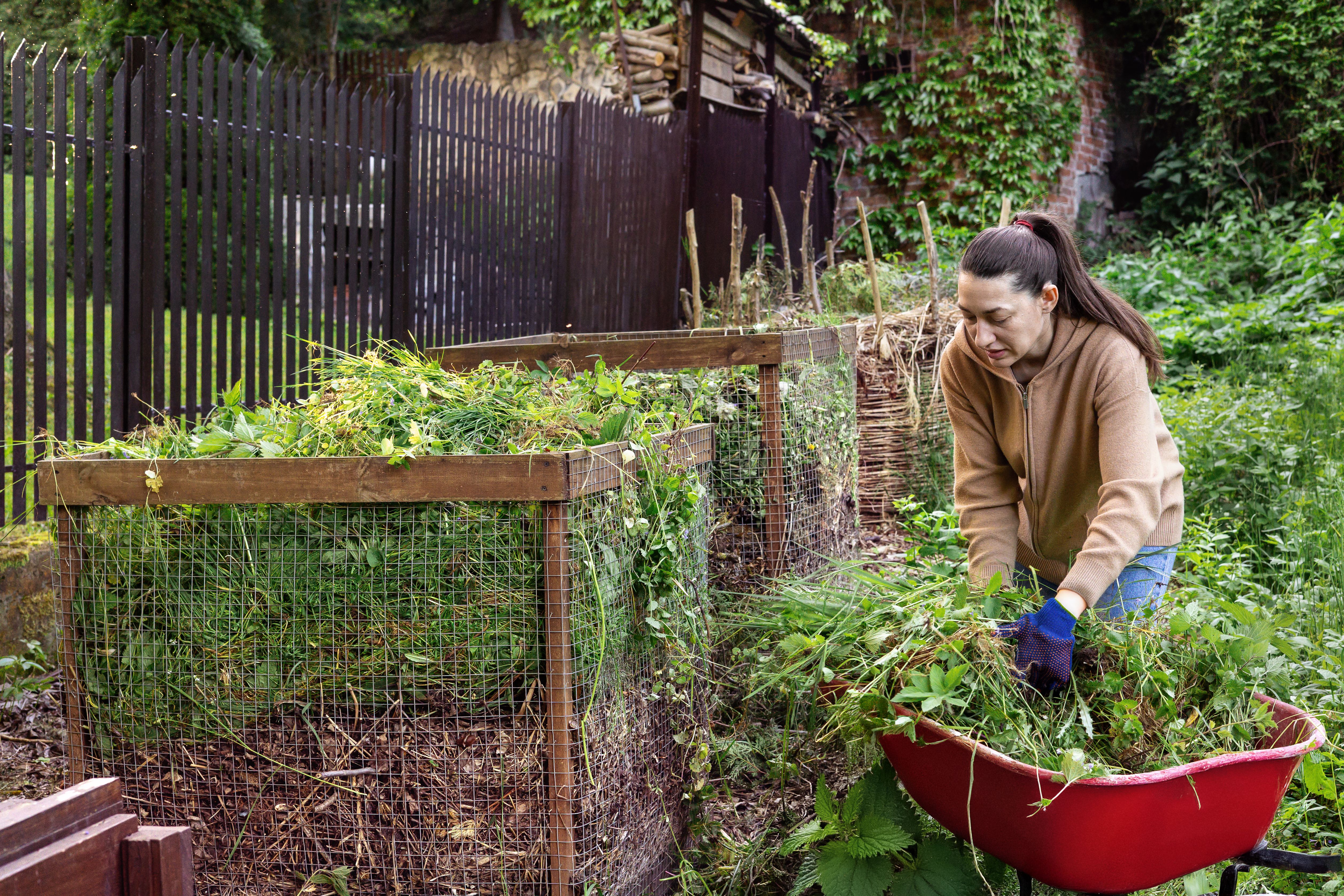The Hidden Cost of Lawns: Reclaiming Our Right to Grow Food
The Hidden Cost of Lawns
For many homeowners, a lush, green lawn is a symbol of pride and beauty. However, beneath this seemingly innocent green carpet lies a myriad of hidden costs that go beyond mere financial investments. From environmental impacts to missed opportunities for sustainable living, the true price of maintaining a traditional lawn is worth reevaluating.

Conventional lawns require significant amounts of water, fertilizers, and pesticides to maintain their manicured appearance. These inputs not only strain natural resources but also contribute to environmental pollution. The runoff from lawns often carries chemicals into local water bodies, affecting aquatic ecosystems and ultimately human health. Reducing the dependency on these harmful substances can mitigate some of these adverse effects.
The Opportunity Cost: What Are We Missing?
While lawns offer aesthetic appeal, they also occupy valuable space that could be used for more beneficial purposes. One such alternative is growing food. By reclaiming the land traditionally dedicated to grass, homeowners can cultivate vegetable gardens that provide fresh produce and promote self-sufficiency. This shift not only supports local biodiversity but also reduces the carbon footprint associated with transporting food over long distances.

Moreover, the act of gardening itself has numerous health benefits. It encourages physical activity, reduces stress, and fosters a deeper connection with nature. Families can enjoy the communal aspect of gardening, teaching children about sustainability and the importance of healthy eating habits.
Sustainable Alternatives to Lawns
Transitioning from a conventional lawn to a more sustainable landscape does not mean sacrificing beauty. There are several alternatives that blend aesthetics with functionality:
- Native Plant Gardens: These require less water and maintenance while supporting local wildlife.
- Edible Landscapes: Integrating fruits, vegetables, and herbs into your yard can create a productive yet visually pleasing environment.
- Meadow Lawns: Allowing grasses and wildflowers to grow naturally provides habitats for pollinators and other beneficial insects.

Overcoming Challenges
Shifting from a traditional lawn to a food-producing or sustainable landscape may seem daunting at first. However, starting small can make the transition more manageable. Begin by converting a portion of your lawn or experimenting with container gardening. It's important to research suitable plants for your climate and soil type to ensure success.
Engage with local gardening communities or seek advice from agricultural extension services to gain insights and support. As you become more comfortable with your new landscape, gradually expand your garden to encompass more of your lawn area.
Reclaiming Our Right to Grow Food
The movement towards reclaiming lawns for food production is not just about personal gain; it's about advocating for a more sustainable future. By transforming our yards into spaces that nourish both us and the planet, we take an active role in addressing environmental issues while enhancing our quality of life.
Ultimately, reconsidering the purpose of our lawns allows us to reclaim our right to grow food and contribute positively to our communities. As we embrace these changes, we pave the way for a future where every patch of green serves a greater good.
Here are a few product link from Amazon that I reccommend:
Ultimate Non-GMO Heirloom Survival Seed Vault
ReadyWise Emergency Food Supply
Gardening Tools 9-Piece Heavy Duty Gardening Hand Tools
8x4x2ft Galvanized Raised Garden Bed
Vego garden Raised Garden Bed Kits Sky Blue
Vego garden Raised Garden Bed Kits Olive Green
I do earn a commission from your purchase. Thank you for your support!
